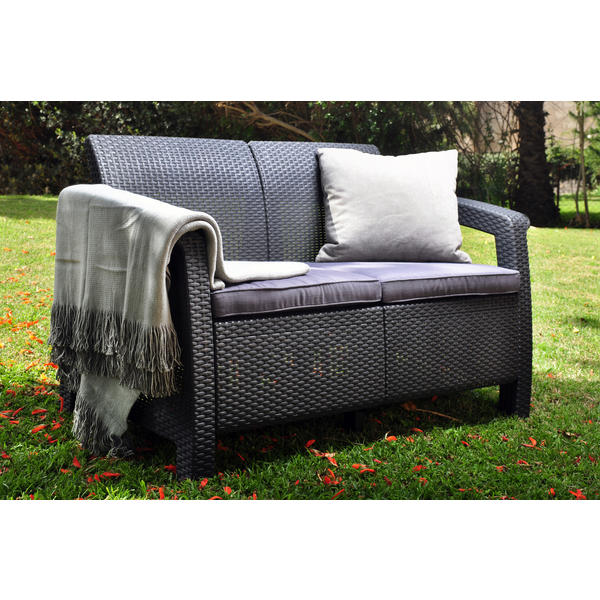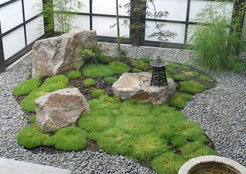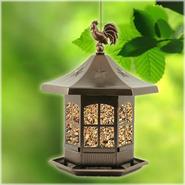The Japanese tea ceremony, also called as Chanoyu, is a Japanese ritual of preparing and serving Japanese green tea, called Matcha. Wearing a Japanese kimono to a Japanese tea ceremony is one way of showing your respect to the host, so here are tips on how to choose the ideal kimono to wear on such special occasion:
Which Type of Japanese Kimono Robe?
Every Japanese tea ceremony is centered around the aesthetic or thought of preparing a fresh cup of tea from the heart. For this reason, it is highly preferred to wear a clean, stain-free, and simple-designed Japanese kimono to avoid distracting anyone's attention inside the tearoom.
An Iromuji, which is a solid-colored kimono, matched with a delicately-hued obi sash or belt typically makes for a fine choice for the Japanese tea party host, assistant to the latter. For the guests, but for formal and important Japanese tea ceremonies, married women surely won't go wrong wearing a Houmongi, while the single women a Furisode, or the colorful Japanese kimono with very long arms.
Kimono Color to Choose for a Japanese Tea Ceremony
In general, the Japanese tend to choose the kimono color that corresponds to their wearer's age. Pink, as a renowned youthful color, for instance, are considered a beautiful choice of color for the kimono of a young women, while kimonos with a darker hue, like maroon, are often considered fit for a matured individual.
Kimono Fabric.
Silk kimono would always make for a very fine choice, although it is sometimes considered practical and acceptable to wear kimono robe other than silk, like the Japanese yukata, which is made of cotton, for tea ceremonies during the summer.
Choosing Between a Lined and Layered Kimono.
It is always ideal to wear a lined or layered kimono to a Japanese tea ceremony, including the warm summer months, which considers the Yukata, or the casual and staple Japanese kimono for summer.
Obi-Belt Color and Style
Complement your Japanese kimono with an equally subdued-colored obi belt, or you can go for printed obi belt that feature designs that match the season or the occasion for which the Japanese tea ceremony is celebrated. Again, like the Japanese kimono itself, it is best to shy away from brightly-hued obi belts, or one which can distract anyone during the Japanese tea ceremony.
Kimono Length and Size
Choose a Japanese kimono that is high enough to give you an Ohashori, or a fold beneath the obi sash, and ensure that the kimono is of a sufficient size, so that it will not show your legs when seated on the floor or when you stand.
Enjoy being a part of a Japanese tea ceremony and make it one of the most memorable occasions that you have been into.

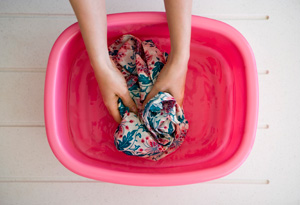









 Image Credits:
Image Credits: 
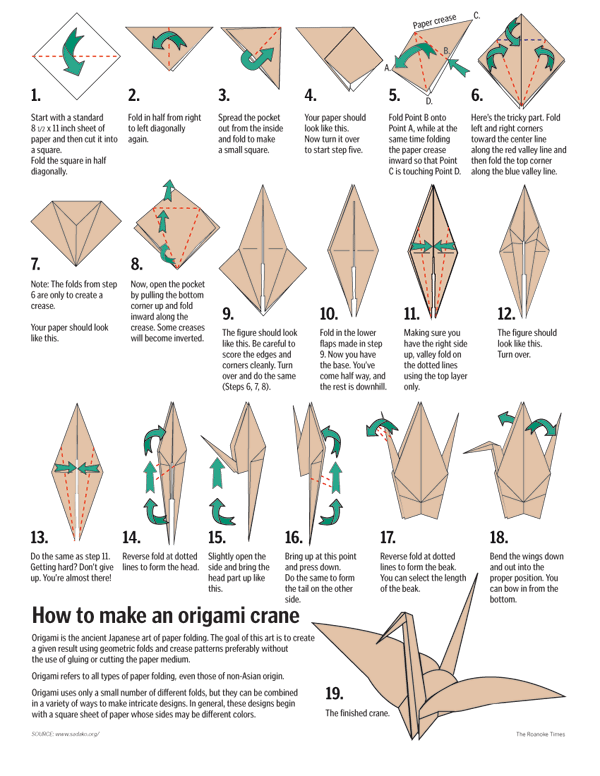


 Recycled Necklace and Bag made from soda tabs.
Recycled Necklace and Bag made from soda tabs. 


